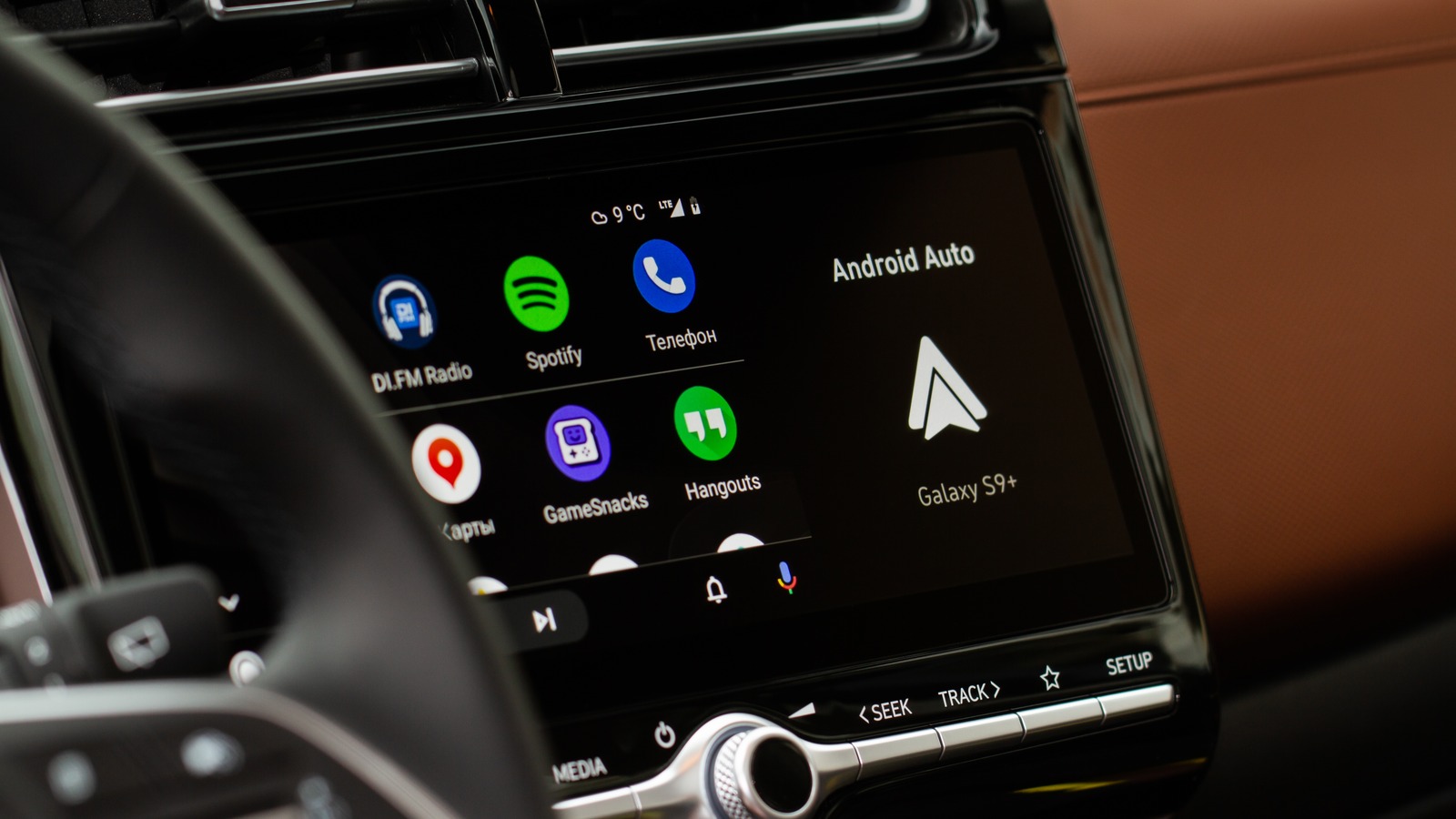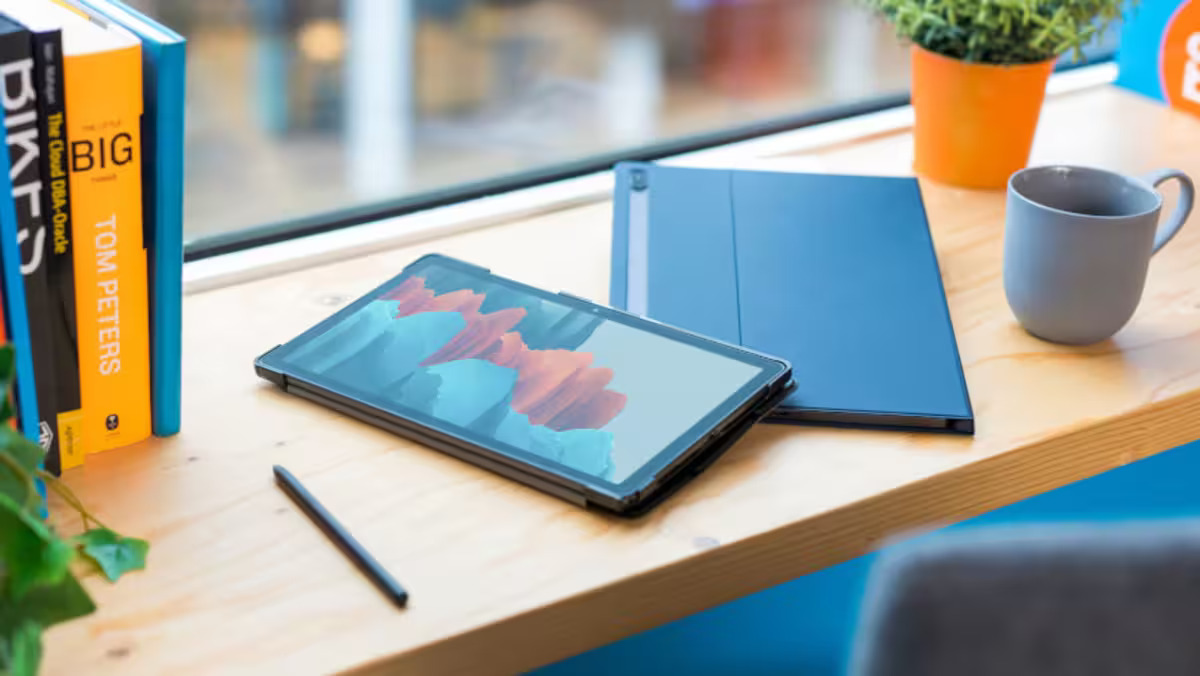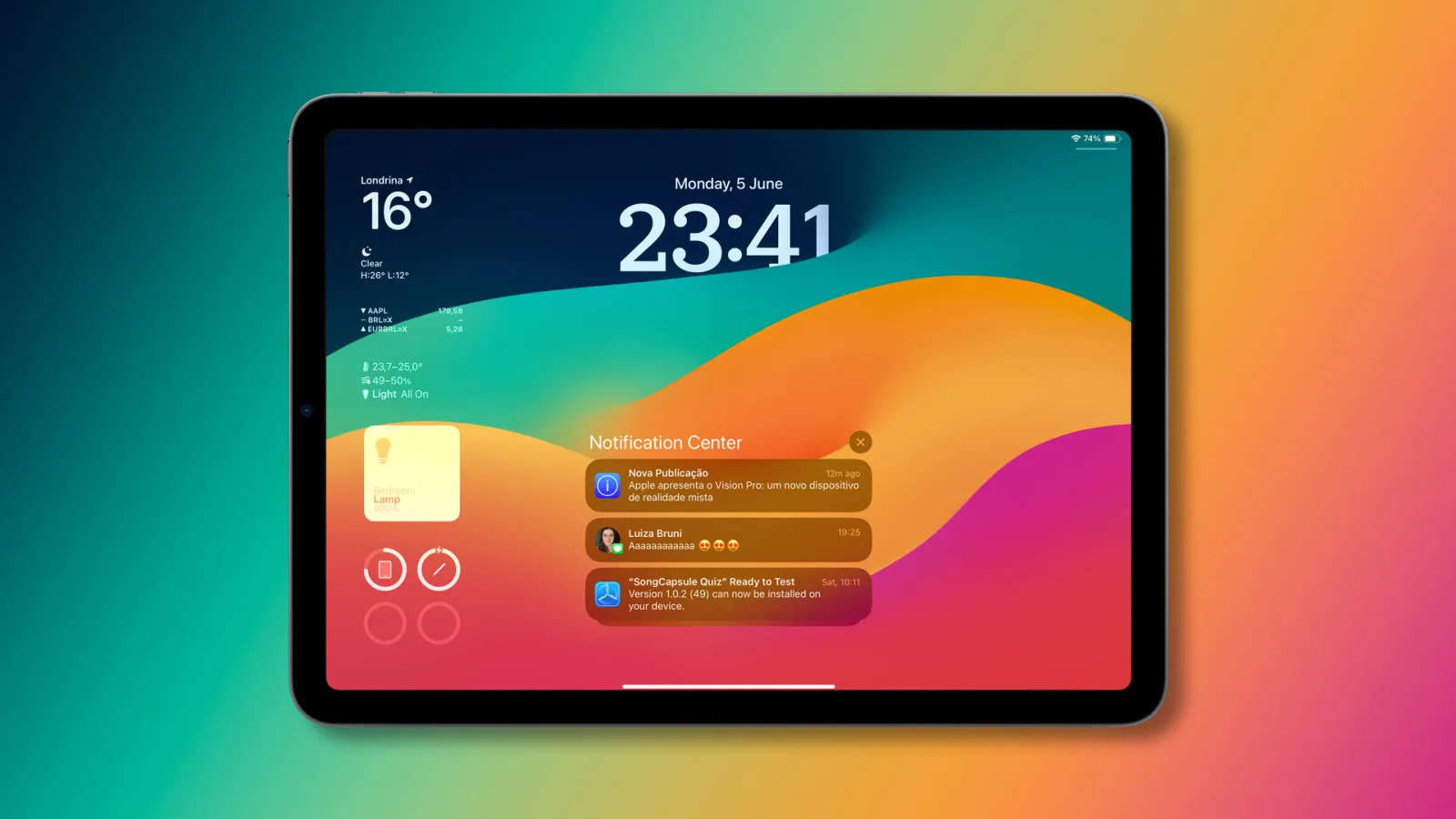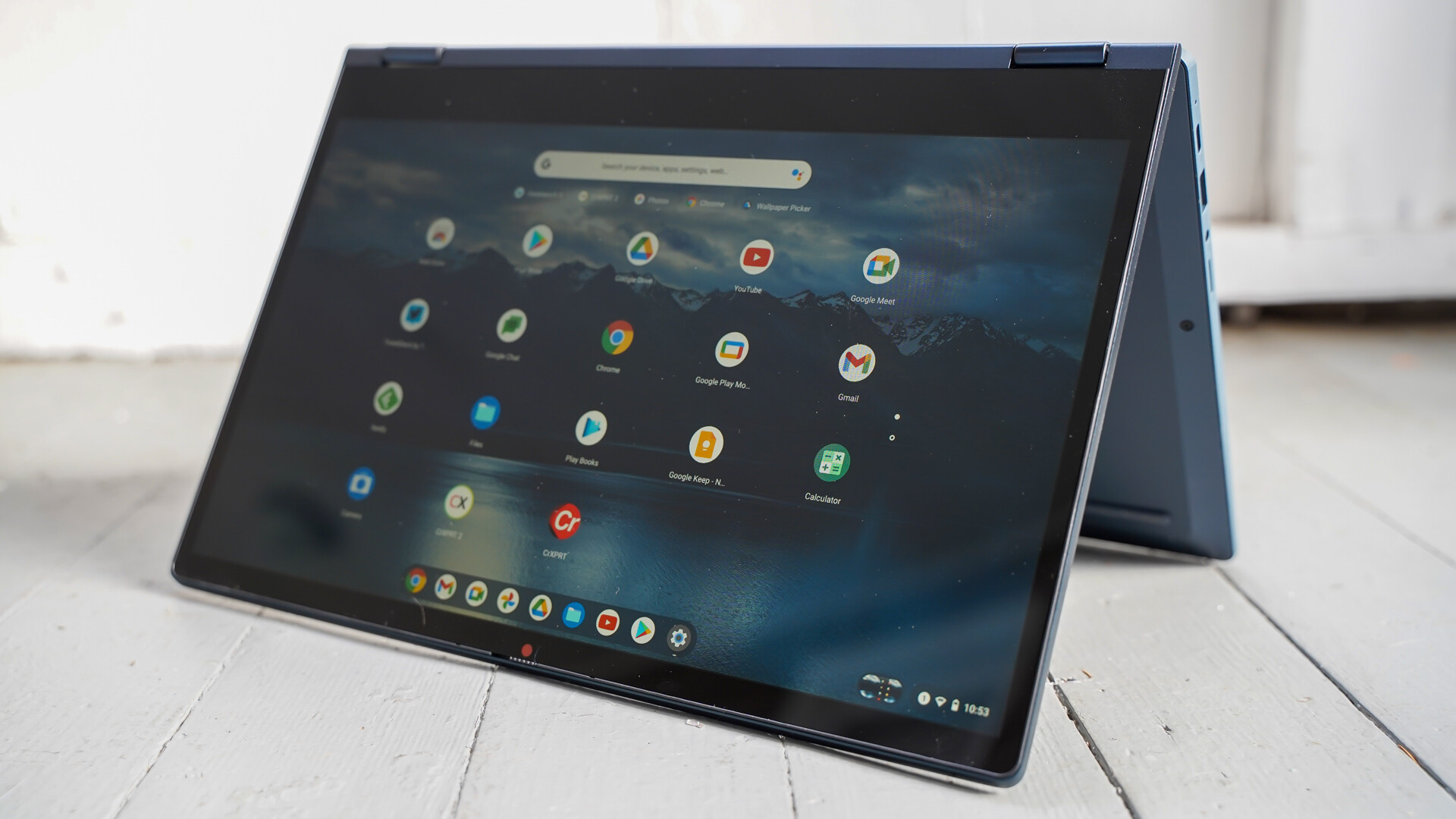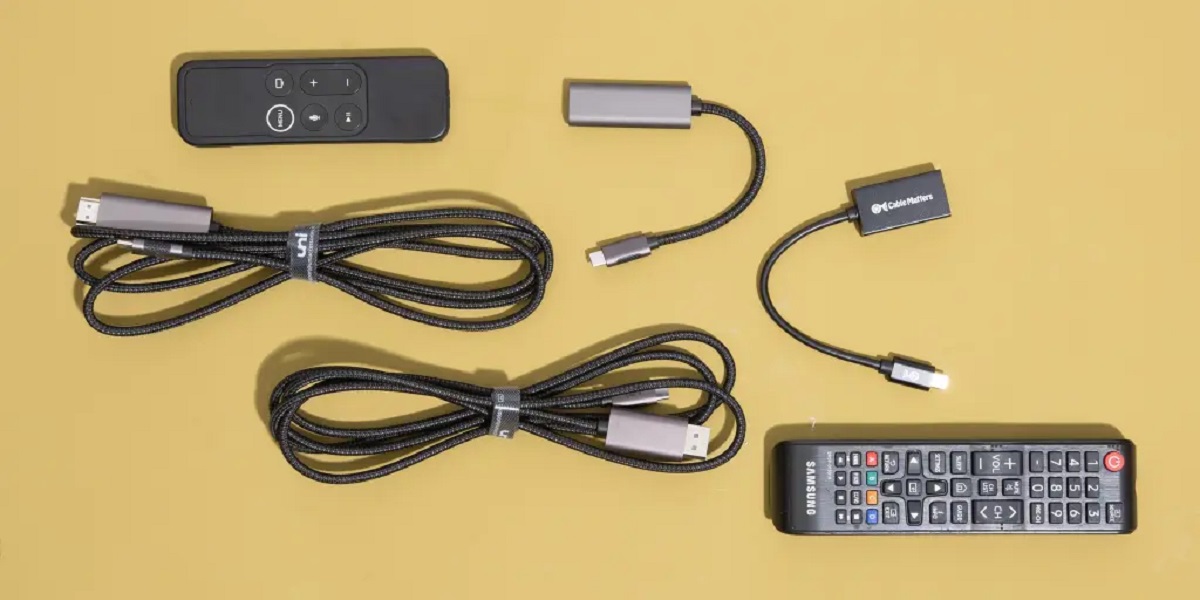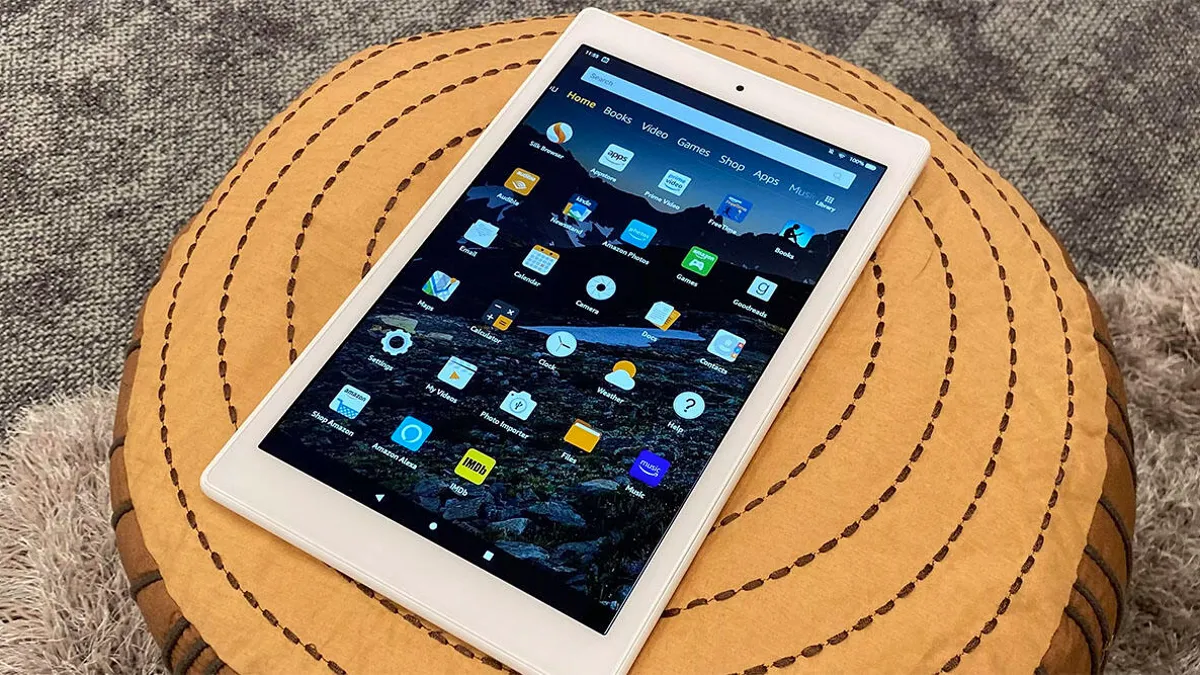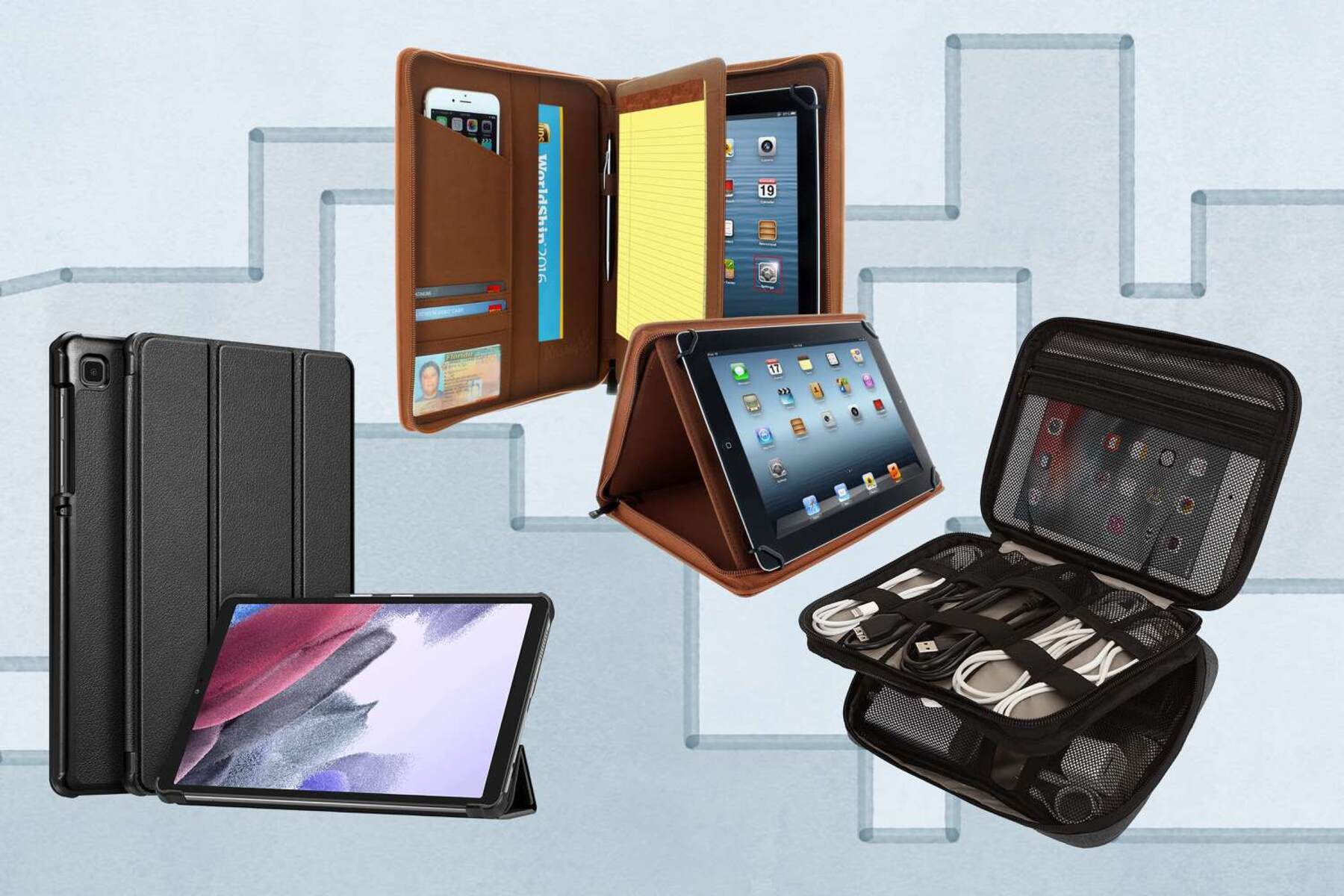Introduction
Welcome to the world of Android Auto! This revolutionary technology brings the power of your smartphone directly to your car’s infotainment system, allowing you to access your favorite apps, navigation, and music while staying focused on the road.
While Android Auto is primarily designed for smartphones, with a little know-how, you can also install it on your tablet and transform it into a dedicated Android Auto device. This opens up a whole new world of possibilities, giving you a larger screen and enhanced usability for a truly immersive driving experience.
In this guide, we will take you through the step-by-step process of installing Android Auto on your tablet. Whether you have an old tablet lying around or want to repurpose your current one, this guide will help you unlock its full potential on the road.
Before we dive into the installation process, it’s important to note that not all tablets are compatible with Android Auto. It’s crucial to check your tablet’s compatibility to avoid any frustration down the road. Once you confirm compatibility, we can proceed with configuring your tablet and installing the Android Auto app.
So, get ready to take your tablet from a simple device to a powerful driving companion as we embark on this Android Auto installation journey. Let’s get started!
Step 1: Check Compatibility
Before you begin the installation process, it’s essential to check if your tablet is compatible with Android Auto. While most modern tablets should support Android Auto, it’s always a good idea to confirm compatibility to ensure a smooth experience.
Here are the key factors to consider:
1. Operating System: Ensure that your tablet is running Android 6.0 (Marshmallow) or above. Android Auto is not compatible with older versions of Android.
2. Screen Size: Android Auto is designed to work optimally on screens ranging from 6 to 10 inches. Tablets with larger screens may not provide an optimal experience due to limited interface scaling.
3. Resolution: Higher resolutions are generally better as they offer sharper and more vibrant visuals. Aim for a resolution of at least 720p for a satisfactory Android Auto experience.
4. Processing Power: Android Auto requires a decent amount of processing power to run smoothly. Ensure that your tablet has a capable processor and sufficient RAM to handle the demands of running both the Android Auto app and other apps simultaneously.
5. Connectivity: To use Android Auto, your tablet should have Wi-Fi and Bluetooth capabilities. These are essential for connecting your tablet to your car’s infotainment system and accessing the internet if needed.
6. Developer Options: Enable Developer Options on your tablet by going to “Settings” > “About tablet” > tap on “Build number” several times until you see a message indicating that Developer Options have been enabled. This step is necessary to configure your tablet for Android Auto installation.
If your tablet meets the above requirements, congratulations! You’re ready to proceed with the installation process. However, if your tablet falls short in any of the compatibility criteria, it might not offer the optimal Android Auto experience. In such cases, you may consider using a different device or upgrading your tablet before proceeding.
Now that you’ve confirmed your tablet’s compatibility, let’s move on to the next step – configuring your tablet to prepare it for Android Auto installation.
Step 2: Configure Your Tablet
Before installing Android Auto on your tablet, it’s important to configure some settings to ensure a smooth and seamless experience. Follow the steps below to set up your tablet:
1. Update Your Tablet: Begin by ensuring that your tablet is running on the latest version of Android. Go to “Settings” > “System” > “System updates” and check for any available updates. If an update is available, download and install it to ensure you have the most up-to-date software.
2. Enable Unknown Sources: Since you’ll be installing the Android Auto app from a source other than the Google Play Store, you need to enable installation from unknown sources. To do this, go to “Settings” > “Security” > “Unknown sources” and toggle the switch to allow installation from unknown sources.
3. Enable USB Debugging: USB debugging allows your tablet to communicate with your computer, which is necessary for installing Android Auto. To enable USB debugging, go to “Settings” > “Developer options” > “USB debugging” and toggle the switch to enable it. If you don’t see the “Developer options” menu, go to “Settings” > “About tablet” and tap on “Build number” multiple times until you see a message indicating that Developer Options have been enabled.
4. Disable Optimizations: Some devices have battery optimization settings that can interfere with the smooth running of Android Auto. To avoid any issues, go to “Settings” > “Battery” > “Battery optimization” and exclude the Android Auto app from any optimization.
5. Enable Auto-rotate: Android Auto works best when the tablet is in landscape mode. Ensure that auto-rotate is enabled on your tablet so it can switch to landscape mode when connected to your car’s infotainment system. To do this, swipe down from the top of the screen to access the quick settings panel, and tap the “Auto-rotate” option to toggle it on.
By following these steps, you’ll have your tablet properly configured for Android Auto installation. Now, let’s move on to the next step – installing the Android Auto app on your tablet.
Step 3: Install Android Auto App
With your tablet properly configured, it’s time to install the Android Auto app. Android Auto can be installed on your tablet through a reliable source, such as the APKMirror website or the official Android Auto website. Follow these steps to install the app:
1. Download the APK file: Open your tablet’s browser and navigate to the APKMirror website or the official Android Auto website. Search for the Android Auto app and download the latest APK file.
2. Enable installation from unknown sources: Before you can install the app, you need to enable installation from unknown sources. Go to “Settings” > “Security” > “Unknown sources” and toggle the switch to allow installation from unknown sources.
3. Locate the downloaded APK file: Open your device’s file manager and navigate to the folder where the Android Auto APK file was downloaded.
4. Install the app: Tap on the APK file to start the installation process. Follow the prompts to install the Android Auto app on your tablet.
5. Grant app permissions: After installation, open the Android Auto app and grant the necessary permissions it requires, such as access to your location, contacts, and microphone. These permissions allow the app to function properly and provide you with the full Android Auto experience.
6. Set as default launcher (optional): Optionally, you can set the Android Auto app as the default launcher on your tablet. This ensures that the app automatically launches whenever you connect your tablet to your car’s infotainment system. To set it as the default launcher, go to “Settings” > “Apps” > “Default apps” > “Home app” and choose Android Auto.
Once you’ve completed these steps, you’ve successfully installed the Android Auto app on your tablet. You’re now ready to connect your tablet to your car and experience the power of Android Auto. The next step will guide you through the process of establishing the connection.
Step 4: Connect Your Tablet to the Car
Now that you have the Android Auto app installed on your tablet, it’s time to connect it to your car’s infotainment system. Follow these steps to establish the connection:
1. Check for compatibility: Ensure that your car’s infotainment system supports Android Auto. Refer to your car’s manual or contact the manufacturer to confirm compatibility and any specific requirements.
2. Connect via USB: Most cars with Android Auto support offer a USB port. Use a compatible USB cable to connect your tablet to the USB port in your car. Make sure to use a high-quality cable for a stable connection.
3. Enable Developer Options: If prompted on your tablet, grant permission for USB debugging and allow the tablet to connect to your car’s infotainment system.
4. Follow on-screen instructions: Once the connection is established, follow the on-screen prompts on your tablet and car’s infotainment system to complete the setup process. This may involve granting permissions, accepting terms and conditions, or entering a passcode.
5. Select Android Auto on the car’s display: On your car’s infotainment system, navigate to the source selection screen and choose Android Auto as the input source. This will display the Android Auto interface on the car’s screen.
It’s important to note that the specific steps for connecting your tablet to your car may vary depending on the make and model of your vehicle. Refer to your car’s manual or contact the manufacturer for detailed instructions if you encounter any difficulties during the setup process.
Once you’ve successfully connected your tablet to your car, you’re now ready to set up Android Auto and personalize your driving experience. The next step will guide you through the setup process.
Step 5: Set Up Android Auto
With your tablet connected to your car’s infotainment system, you’re ready to set up Android Auto and customize it to your preferences. Follow these steps to get started:
1. Open the Android Auto app: On your tablet, open the Android Auto app from your app drawer or home screen.
2. Review the permissions: Android Auto will request certain permissions to function correctly, such as access to your contacts, calendar, and location. Review and grant the necessary permissions to allow Android Auto to provide a seamless driving experience.
3. Configure app settings: Within the Android Auto app, tap on the menu icon (usually represented by three horizontal lines) to access the settings. Here, you can customize various options such as the preferred navigation app, media playback settings, and voice activation settings. Adjust these settings according to your preferences.
4. Personalize the home screen: Android Auto allows you to select and arrange your favorite apps for quick access on the home screen. Tap and hold an app icon to drag it to your desired location. You can also remove apps by dragging them to the “Remove” option that appears at the top of the screen.
5. Test the functionality: Before hitting the road, take a few moments to test the various features of Android Auto. Make a test call, play some music, and try out the navigation to ensure everything is working as expected.
6. Explore additional features: Android Auto offers several additional features, such as sending and receiving messages, accessing your favorite music streaming apps, and using voice commands. Spend some time exploring these features to get the most out of your Android Auto experience.
Congratulations! You’ve successfully set up Android Auto on your tablet. Now, whenever you connect your tablet to your car, it will automatically launch Android Auto for a seamless and intuitive driving experience.
Remember to always prioritize safety and use Android Auto responsibly while driving. Keep your attention on the road and use voice commands or the car’s physical controls to interact with Android Auto whenever possible. Enjoy the convenience and functionality that Android Auto brings to your driving journey!
Step 6: Enjoy Android Auto on Your Tablet
Now that you’ve successfully installed and set up Android Auto on your tablet, it’s time to fully enjoy this powerful driving companion. Here are some tips to enhance your Android Auto experience:
1. Stay connected: Keep your tablet connected to your car’s infotainment system whenever you’re on the road. This ensures that Android Auto remains active, allowing you to seamlessly access your favorite apps, navigation, and communication tools.
2. Use voice commands: Android Auto offers robust voice command functionality, allowing you to control your tablet hands-free while driving. Simply activate voice commands by using the “Ok Google” phrase or pressing the voice command button on your car’s steering wheel. Use voice commands to make calls, send messages, play music, and get directions without any distractions.
3. Navigate with ease: Take advantage of the integrated navigation feature in Android Auto to access real-time traffic updates and turn-by-turn directions. Whether you’re navigating through familiar streets or exploring new areas, Android Auto can guide you efficiently and safely.
4. Enjoy music and media: Android Auto seamlessly integrates with popular music streaming apps like Spotify, Pandora, and Google Play Music. Access your favorite playlists, podcasts, and audiobooks with ease, ensuring an enjoyable and entertaining journey.
5. Stay connected on the go: Android Auto allows you to stay connected to your contacts and messages, making it convenient to make calls, respond to texts, and stay in touch while keeping your hands on the wheel and eyes on the road. Use the voice command feature to effortlessly manage your communications.
6. Stay up-to-date: Android Auto provides access to personalized recommendations, news updates, and weather information to keep you informed during your drive. Stay up-to-date with important news and information without taking your focus away from the road.
Remember to prioritize safe driving at all times. Use Android Auto’s intuitive interface, voice commands, and physical controls in your car to minimize distractions while accessing your tablet’s features. Keep both hands on the steering wheel and use voice commands whenever possible.
With Android Auto on your tablet, you have a powerful tool that enhances your driving experience. Enjoy the convenience, entertainment, and connectivity that Android Auto provides, making your journeys more enjoyable and productive!
Conclusion
Congratulations! You have successfully installed and set up Android Auto on your tablet, transforming it into a powerful driving companion. By following the steps outlined in this guide, you have unlocked a whole new level of convenience, connectivity, and entertainment on the road.
With Android Auto, you can access your favorite apps, navigate with ease, stay connected to your contacts, enjoy music and media, and stay up-to-date with personalized recommendations – all while keeping your focus on the road and prioritizing safe driving.
Remember to always prioritize safety when using Android Auto. Utilize voice commands to control your tablet hands-free and minimize distractions. Keep your eyes on the road, use the physical controls in your car whenever possible, and use Android Auto’s intuitive interface to interact with your tablet’s features in a seamless and safe manner.
If you encountered any difficulties during the installation process or have any questions, consult the user manual of your tablet or reach out to the manufacturer for assistance. They will be able to provide guidance specific to your device and ensure a smooth experience.
Enjoy your newfound Android Auto experience! Embrace the convenience, entertainment, and connectivity it brings to your driving journeys. Stay connected, navigate with ease, and make the most of every moment on the road with your tablet as your trusted driving companion.
Safe travels and happy driving with Android Auto!







